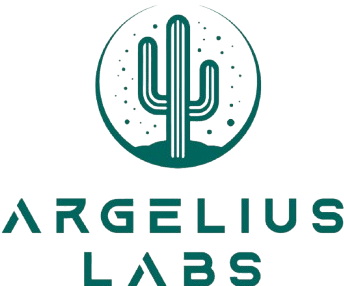One of the most powerful features of Large Language Models (LLMs) like ChatGPT or Claude is their ability to learn from conversation context. When you interact with these models through their web interfaces, they adapt to your preferences and feedback, ultimately leading to high-quality outputs that require minimal adjustments.
But what happens when you want to automate these interactions using an API? How can you preserve that carefully cultivated context? The solution is simpler than you might think.
Converting Chat History into a System Prompt
I recently faced this challenge with Claude 3.5 Sonnet. After developing a productive ongoing conversation that consistently delivered excellent results, I wanted to automate the process without losing the benefits of our established interaction pattern.
The solution came from asking Claude itself to distill our interaction history into a comprehensive system prompt. Here’s what I did:
“Ok. Based on my feedback, you’ve gotten really good at writing X. Write me a VERY long (at least 2000 words), VERY detailed system prompt in markdown format that I can use to replicate these results when I paste in Y.”
The results were impressive. Within seconds, Claude generated an 879-word prompt in markdown format, structured similarly to a Fabric pattern. After reviewing and implementing the prompt as a new Fabric pattern, I found it produced results that matched the quality of our original conversations.
Practical Applications
This technique offers two valuable use cases:
- Context Archival: When your chat history grows too large and you’re prompted to start a new conversation, you can preserve the developed context by converting it into a system prompt.
- Deliberate Context Development: You can start fresh conversations with the specific goal of training the model through feedback, knowing you can later transform that developed context into a detailed prompt for future use.
This approach bridges the gap between interactive chat-based refinement and automated API implementations, allowing you to capture and reuse the benefits of contextual learning in a systematic way.
